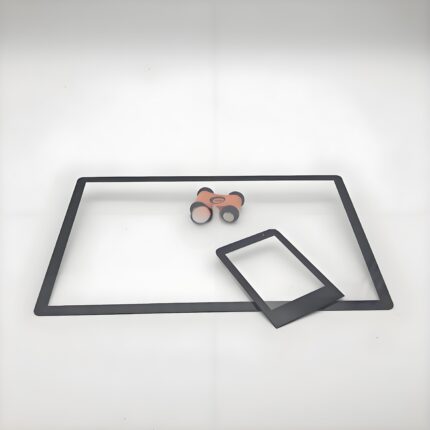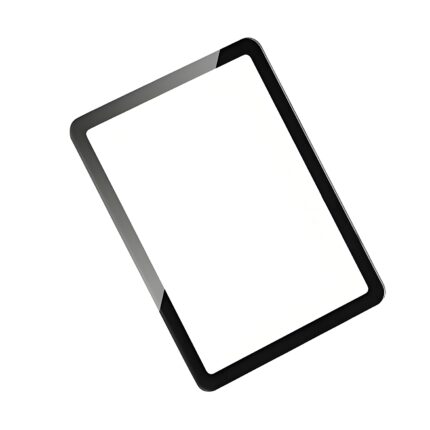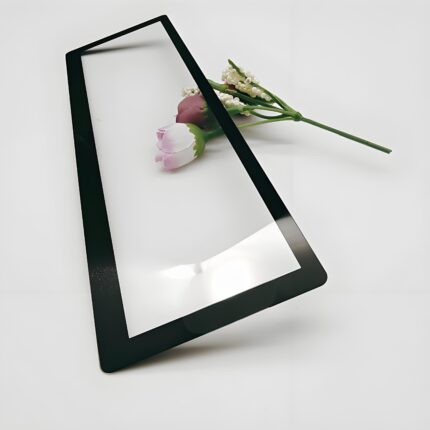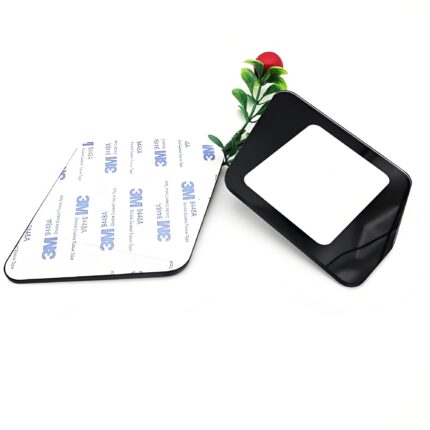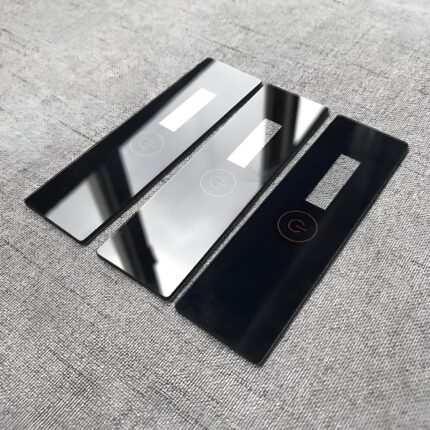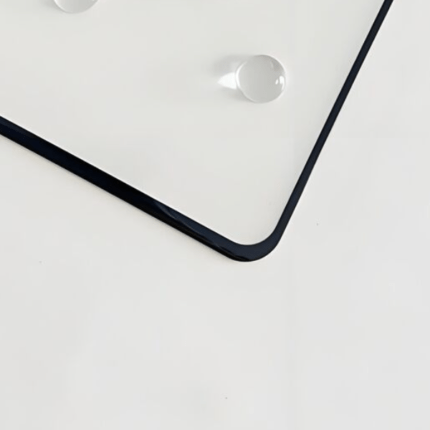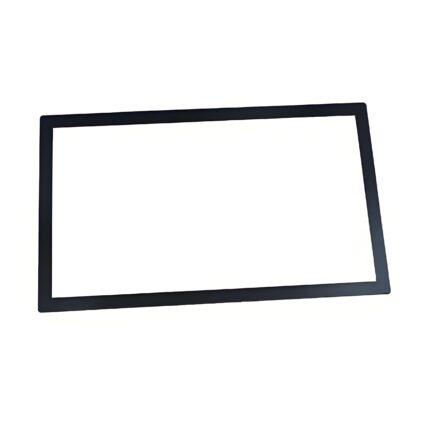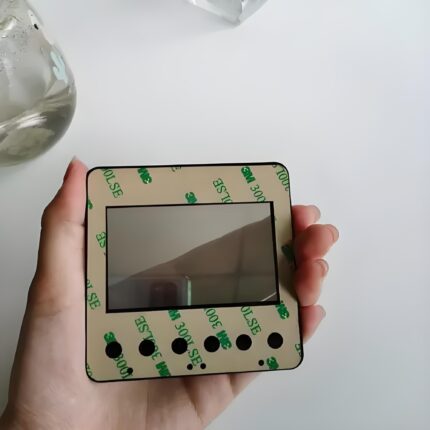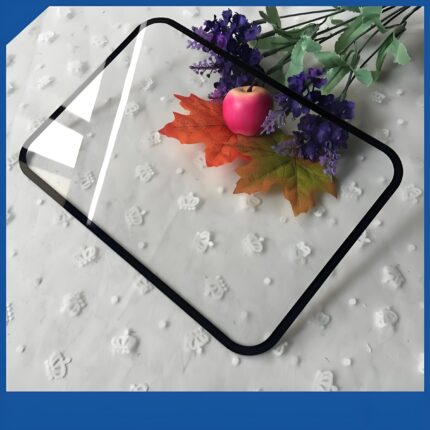Advanced Electronic Cover Glass Technologies for OLED and LCD Panels
Advanced Electronic Cover Glass Technologies for OLED and LCD Panels
Today’s high-performance displays require cover glass solutions engineered for specific panel technologies. For OLED applications, ultra-thin (<0.5mm) chemically strengthened glass with exceptional flexibility prevents image distortion while protecting delicate organic materials. LCD panels benefit from specialized cover glass featuring:
-
92%+ light transmission to maintain brightness
-
Low birefringence for accurate color reproduction
-
Thermal stability to withstand backlight heat
Advanced solutions now incorporate:
• Integrated polarizers for improved contrast
• UV-filtering layers to prevent OLED degradation
• Anti-glare treatments optimized for different lighting conditions
Manufacturers are pushing boundaries with hybrid glass-polymer composites that offer:
✓ 50% better impact resistance than standard glass
✓ Compatibility with in-cell touch technology
✓ Reduced weight for portable devices
Advanced Electronic Cover Glass: Next-Generation Protection for High-Tech Displays
The Critical Role of Cover Glass in Modern Display Technology
Today’s premium electronic devices demand cover glass that does more than just protect – it enhances performance. Advanced electronic cover glass serves as the crucial interface between users and their devices, combining:
-
Military-grade protection against drops and scratches
-
Optical clarity rivaling bare displays
-
Advanced functionality like anti-microbial properties
From smartphones to automotive displays, the right cover glass solution can mean the difference between a good device and a great one.

Material Innovations Driving the Industry
Chemically Strengthened Aluminosilicate Glass
The industry standard for high-end devices offers:
-
800+ MPa surface compression
-
0.3-1.1mm thickness options
-
92-95% light transmission
Hybrid Glass-Polymer Composites
Emerging solutions provide:
-
Enhanced flexibility for foldables
-
Superior impact absorption
-
Lighter weight (up to 30% reduction)

Specialty Formulations
Niche applications benefit from:
-
UV-blocking compositions for outdoor displays
-
Conductive-doped glass for integrated antennas
-
High-temperature variants for automotive use
Technical Specifications That Matter
Optical Performance
-
<0.5% haze for crystal-clear images
-
<1.5% reflectivity with AR coatings
-
Color neutrality (ΔE < 1.0)
Durability Benchmarks
-
6H-9H pencil hardness
-
1-3m drop survival depending on thickness
-
200,000+ bend cycles for flexible versions
Environmental Resistance
-
-40°C to 105°C operational range
-
UV stability (5000+ hours testing)
-
Chemical resistance to oils and cleaners
Application-Specific Solutions
Smartphone and Tablet Displays
-
0.5mm ultra-thin options
-
Edge-to-edge coverage
-
Under-display camera compatibility
Automotive Displays
-
Vibration-resistant formulations
-
Anti-glare and anti-fingerprint
-
Heated glass options
Industrial and Medical Equipment
-
Anti-microbial surfaces
-
Enhanced chemical resistance
-
EMI shielding capabilities
Selection Guide for Design Engineers
Key Considerations
-
Environmental factors (temperature, humidity, UV)
-
Optical requirements (transmission, clarity)
-
Durability needs (impact, scratch resistance)
-
Special features (conductivity, flexibility)
Specification Checklist
-
Thickness tolerance (±0.03mm)
-
Surface compression (minimum 700MPa)
-
Coating specifications (AR, AF, etc.)
-
Edge treatment requirements
The Future of Cover Glass Technology
Emerging Innovations
-
Self-healing surfaces for scratch repair
-
Dynamic privacy filters
-
Energy-harvesting glass
Market Trends
-
Growing demand for foldable displays
-
Increased automotive display real estate
-
Medical device applications




